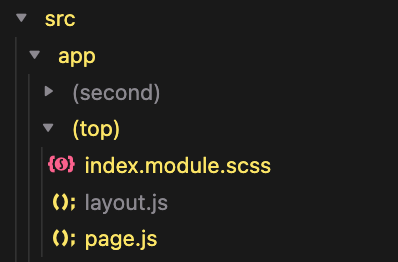I am using Next.js v14 to create a page with the configuration in the attached image.
In index.module.scss, I am using an image for the background.
Below is a portion of the code.
&::before {
left: 0;
background: url(/img/pc/index_hero_bg1.png) 0 0 repeat-x;
}
&::after {
right: 0;
background: url(/img/pc/index_hero_bg2.png) 0 0 repeat-x;
}
The image specified in url is in /public/img, so the image path in url starts at /img.
I want to change the path of url in index.module.scss in npm run dev and npm run build.
The dev is localhost:3000, so I can leave it as it is, but for the build I want it to be on the second level sampledomain.com/path-to-site/.
No search, no blog post, and no answer using Chat GPT.
For example, the answer was to put the environment variable in front of the path, but I get an error.
Also, I don’t know how to configure webpack in next.config.js, because I have no knowledge of webpack.

 Question posted in
Question posted in 


2
Answers
you need to define the asset prefix in your next.config.js file.
in your SCSS file, you can reference the background images
Environment variables will not work if you put them in front of the path because they are primarily designed to run with js file. However, you can still make use of it by importing an empty component with css using environment variable as condition.
First you will need to place the css of two environments into two separated css files (
localBackground.cssandbuildBackground.css)Then, you will need two empty components that do nothing but import the css file (
BackgroundLocal.tsxandBackgroundBuild.tsx). The content of these two files can simply be like below:After this, you will need to dynamically import these two files with condition checking based on environment variables:
Hope this can help!